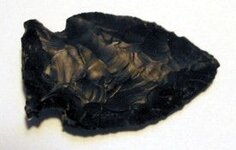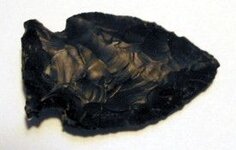Rob66
Bronze Member
Found this arrow head a few years ago and just remembered I have it.It is beyond my scope of things.I hope there is someone that can tell me how old it is .Fake real...etc. I know there are a lot of arrow heads out there.I'm thinking this one is common.
Any input is appreciated.
Thanks RD
Any input is appreciated.
Thanks RD
Amazon Forum Fav 👍
Attachments
Upvote
0




